If you decide to build a richer and stronger database, you’ll come across two seemingly identical concepts: data enrichment and data enhancement.
Sometimes, these terms are used interchangeably, which can only add to the confusion, so we’re here to clear up the data enhancement vs data enrichment debate.
Both processes are essential for improving the quality of your data, but they are not identical. In this guide, we’ll break down what each one means, how they differ, where they overlap, and how to choose the right process for your needs. 🔎
For those still searching for the perfect data enrichment and enhancement tool, we’ve also got a superb recommendation. 👌
What Is Data Enhancement?

Data enhancement is a process that refines your database by correcting and updating the data points. If you want to improve the quality of your existing data or make it more accurate, this is the method you should use. ✅
For example, if you notice that many contacts in your customer database have outdated emails and phone numbers, you can use data enhancement to update them with current contact information. This means that you’ll have to source new data and correct the inaccuracies. You can also rely on data enhancement to add missing emails and phone numbers.
You can use different techniques to enhance data, such as:
- 🧹 Data cleansing—Eliminating any inconsistencies and inaccuracies in the data
- 🗂️ Data standardization—Formatting and categorizing data so it’s consistent and easier to manage
- ⚙️ Feature engineering—Creating new data points from existing information for deeper insights
- ➕ Data augmentation—Adding missing information to the database to have a more complete picture
- 🥨 Data merging—Bringing together related information from various sources
What Is Data Enrichment?

Data enrichment refers to supplementing your current database with external information to provide additional context and value. You can use it to fill in the missing gaps or source entirely new data points. The goal is to make your data more complete by adding a new layer of insights. 📝
Let’s say you have a list of customers with only their names, email addresses, and phone numbers. With data enrichment, you can add details like their age, job titles, and social media profiles to understand their preferences and pain points better.
You can use both internal and external sources to scour data points, but third-party sources, like data providers, websites, and social media, are the most common options. 🗄️
This process can be the solution to expanding the potential of your database and improving:
- Decision-making 🤝
- Segmentation of leads or customers 👥
- Sales and marketing efforts 🛍️
- Operational efficiency 🖥️
- Competitiveness on the market 🥇
💡 Bonus read: Find out how data enrichment can benefit you and your enterprise business in our in-depth guide.
Data Enhancement vs. Data Enrichment Explained
Data enhancement and enrichment are closely related, but they take different approaches. While data enhancement primarily focuses on improving the accuracy and consistency of your current dataset, data enrichment aims to expand the depth and scope of your database. 🗂️
Enhancement ensures your data is fresh and optimized, while enrichment gives you more context about your leads, prospects, or competitors. In simple terms, data enhancement updates and corrects existing data, while data enrichment adds new related information.
To make this even clearer, here is an overview of their key differences:
Which One Do You Need?
Data enrichment and enhancement are important steps toward increasing the value of your data assets. So, if you’re wondering which one to choose, the best approach is to use both. ⚒️
These processes complement each other, so the only way to ensure both data precision and comprehensiveness is to apply them together. By using both methods, you can improve the accuracy of your data and expand it with new attributes.
You can start with enhancement to remove redundancies and inaccuracies and prepare the database for the next step—enrichment. Once you’ve cleansed and updated your records, you can expand it with additional details. 📑
If you decide to go with just one method, here are some scenarios where you might choose one process over the other:
💡 Bonus read: Check out our guide on data enrichment use cases to learn more about what these processes can help you with.
Best Practices for Using Data Enrichment and Enhancement

The success of your data management doesn’t only depend on enriching and enhancing your data. How well you strategize these processes is just as important.
If you want to maximize the benefits of data enhancement and enrichment, keep these essential pointers in mind:
- 👉 Define your goals—Outline what you want to achieve with data enhancement and enrichment so that your efforts align with your goals
- 👉 Audit your database—Before you start with enhancing or enriching your data, check your database to identify what type of process you need. You might find inconsistencies that need cleaning, or you could discover that you lack information for achieving your objective
- 👉 Format first, enrich later—If you decide to enrich your records, standardize your data so that everything fits together smoothly
- 👉 Choose reliable sources—Only refer to trustworthy sources when searching for data to ensure that you’re using valid and high-quality information. Use reputable databases, verified platforms, and credible providers to maintain the integrity of your data and stay within the data protection regulations
- 👉 Keep it going—Continually enhance and enrich your data so your team always has fresh and relevant insights on their hands
How To Enrich and Enhance Your Data
The key to successful data enrichment and enhancement lies in how you approach it. The olden method is to do it manually, which means that your team will need to:
- Go through the database to spot the issues 🔎
- Flag missing, incorrect, and outdated information 🚩
- Remove redundancies one by one ❌
- Search the web for new and fresh data points 🧑💻
- Enter each data point by hand ✏️
This is a lot of work, and it is only manageable if you have the time, manpower, and resources to handle it. If not, you can simplify and streamline these processes with data enrichment tools. 🧰
Automatic data enrichment means that you’ll only need to make a few clicks to verify, correct, and append your data. After you integrate the tool into your tech stack, it can automatically:
- ✅ Scan your database
- ✅ Identify and rectify errors
- ✅ Fill in missing information
- ✅ Add new, relevant data points
These tools often rely on machine learning (ML) and artificial intelligence (AI) to make the processes faster and more accurate. 🦾
They can automate much of the heavy lifting. For example, ML models can sift through large sets of external data, like email engagement or website behavior, to uncover patterns. This can add valuable info to your database that would be hard to find manually.
AI algorithms can also be of great help as they can instantly detect duplicate records or outdated information and then update or remove them. 🧠
How To Choose a Data Enhancement and Enrichment Tool

Data enrichment services are quite diverse, and they offer different features, data coverage, and integration options. The biggest mistake you can make is to get ahead of yourself and commit to an enrichment company that doesn’t meet all your needs. 🙅
Below, you’ll find some of the most important factors that can lead you to the right tool for you:
If this seems like a lot to expect from a single tool, the good news is that we found one that has it all—Clay. ⭐
This tool ticks all the boxes and is super easy to use. With Clay, you can enhance and enrich your database, plus get numerous other stellar features at no extra cost.
Let’s look at what you can do with this platform. 👀
Simplify Data Enrichment and Enhancement With Clay

Clay is a robust data and sales automation platform with incredible coverage and AI-driven features. It can access over 75+ data providers, including major databases, like:
To pull data points, you can tap into these databases separately or use waterfall enrichment, one of Clay’s most powerful features. This option gives you full control over which data points and providers you want to use. 📁
Once you’ve made your picks, Clay will search through the providers one after another to find the info you need. You also won’t be limited to basics such as emails and phone numbers since Clay can dig up diverse data points like company revenue, intent signals, technographics, and more.

If you need specific info or you perhaps want to check if an email is valid, you can turn to Claygent—an AI-based web scraper. You just enter your prompt, as you would in ChatGPT, and you’ll get the answer in seconds. 🤖
Clay can also keep your database tidy and standardized with data formatting features. They can take over cleaning and formatting all sorts of data, including:
- Names 🧑
- Phone numbers ☎️
- Locations 🏡
- Domains 💻
Unlock a Full Suite of Features With a Single Subscription

Clay’s diverse feature set also comes with these nifty options:
- Web scraper ⛏️
- AI email builder ✉️
- Workflow templates 📄
This platform can automate your scraping needs. With its Chrome extension, you can collect data from any page you visit in real time. You can even set up custom scraping recipes for different data types.
After you scrape and enrich data, you’ll have this rich database, and you might want to use it to personalize your sales or marketing outreach. Clay’s AI email builder will have you covered. 🦾
Based on the data from your Clay table, Clay can automatically put together hyper-personalized emails in a jiff. Once that’s done, just send them to your email sequencer since Clay integrates with over 100 other tools.
If you want to automate any of these workflows, use Clay’s pre-made templates. They will make your life a whole lot easier by streamlining tasks such as:
- ✔️ Enriching inbound leads
- ✔️ Writing personalized emails based on website data
- ✔️ Converting personal emails to work emails
- ✔️ Scraping Indeed job listings
Get Exactly What You Need Without Overpaying
Clay lets you take things slow with their free forever plan. This way, you can test the waters before diving deep. 🤿
If you decide to level up, you can sign up for one of the following paid plans:
Each plan includes a set number of credits to match your needs and allows for unlimited users, so you don’t have to stress about scaling up. 📈
Clay also cuts down your expenses by charging only for successful enrichments. No results, no charge—it’s that simple.
Start Enhancing and Enriching Data Today With Clay
There’s no reason to wait to try Clay’s features. With a free plan and easy sign-up, you can get started right away. 😍
Here’s how to create a free Clay account in three steps:
- Go to the signup page 👈
- Enter your name, email, and password ⌨️
- Explore Clay’s features 🔎
While Clay is a pretty straightforward platform, you can also watch its numerous feature walkthroughs on Clay’s University to learn the ropes.
If you want to chat with other users and get insider tips, join the ever-growing Slack community or sign up for Sales Prospecting Newsletter to get industry updates.
💡 Bonus read: Data enrichment is a mighty process that you can use in numerous ways, so to learn more about it, check out these guides:
If you decide to build a richer and stronger database, you’ll come across two seemingly identical concepts: data enrichment and data enhancement.
Sometimes, these terms are used interchangeably, which can only add to the confusion, so we’re here to clear up the data enhancement vs data enrichment debate.
Both processes are essential for improving the quality of your data, but they are not identical. In this guide, we’ll break down what each one means, how they differ, where they overlap, and how to choose the right process for your needs. 🔎
For those still searching for the perfect data enrichment and enhancement tool, we’ve also got a superb recommendation. 👌
What Is Data Enhancement?

Data enhancement is a process that refines your database by correcting and updating the data points. If you want to improve the quality of your existing data or make it more accurate, this is the method you should use. ✅
For example, if you notice that many contacts in your customer database have outdated emails and phone numbers, you can use data enhancement to update them with current contact information. This means that you’ll have to source new data and correct the inaccuracies. You can also rely on data enhancement to add missing emails and phone numbers.
You can use different techniques to enhance data, such as:
- 🧹 Data cleansing—Eliminating any inconsistencies and inaccuracies in the data
- 🗂️ Data standardization—Formatting and categorizing data so it’s consistent and easier to manage
- ⚙️ Feature engineering—Creating new data points from existing information for deeper insights
- ➕ Data augmentation—Adding missing information to the database to have a more complete picture
- 🥨 Data merging—Bringing together related information from various sources
What Is Data Enrichment?

Data enrichment refers to supplementing your current database with external information to provide additional context and value. You can use it to fill in the missing gaps or source entirely new data points. The goal is to make your data more complete by adding a new layer of insights. 📝
Let’s say you have a list of customers with only their names, email addresses, and phone numbers. With data enrichment, you can add details like their age, job titles, and social media profiles to understand their preferences and pain points better.
You can use both internal and external sources to scour data points, but third-party sources, like data providers, websites, and social media, are the most common options. 🗄️
This process can be the solution to expanding the potential of your database and improving:
- Decision-making 🤝
- Segmentation of leads or customers 👥
- Sales and marketing efforts 🛍️
- Operational efficiency 🖥️
- Competitiveness on the market 🥇
💡 Bonus read: Find out how data enrichment can benefit you and your enterprise business in our in-depth guide.
Data Enhancement vs. Data Enrichment Explained
Data enhancement and enrichment are closely related, but they take different approaches. While data enhancement primarily focuses on improving the accuracy and consistency of your current dataset, data enrichment aims to expand the depth and scope of your database. 🗂️
Enhancement ensures your data is fresh and optimized, while enrichment gives you more context about your leads, prospects, or competitors. In simple terms, data enhancement updates and corrects existing data, while data enrichment adds new related information.
To make this even clearer, here is an overview of their key differences:
Which One Do You Need?
Data enrichment and enhancement are important steps toward increasing the value of your data assets. So, if you’re wondering which one to choose, the best approach is to use both. ⚒️
These processes complement each other, so the only way to ensure both data precision and comprehensiveness is to apply them together. By using both methods, you can improve the accuracy of your data and expand it with new attributes.
You can start with enhancement to remove redundancies and inaccuracies and prepare the database for the next step—enrichment. Once you’ve cleansed and updated your records, you can expand it with additional details. 📑
If you decide to go with just one method, here are some scenarios where you might choose one process over the other:
💡 Bonus read: Check out our guide on data enrichment use cases to learn more about what these processes can help you with.
Best Practices for Using Data Enrichment and Enhancement

The success of your data management doesn’t only depend on enriching and enhancing your data. How well you strategize these processes is just as important.
If you want to maximize the benefits of data enhancement and enrichment, keep these essential pointers in mind:
- 👉 Define your goals—Outline what you want to achieve with data enhancement and enrichment so that your efforts align with your goals
- 👉 Audit your database—Before you start with enhancing or enriching your data, check your database to identify what type of process you need. You might find inconsistencies that need cleaning, or you could discover that you lack information for achieving your objective
- 👉 Format first, enrich later—If you decide to enrich your records, standardize your data so that everything fits together smoothly
- 👉 Choose reliable sources—Only refer to trustworthy sources when searching for data to ensure that you’re using valid and high-quality information. Use reputable databases, verified platforms, and credible providers to maintain the integrity of your data and stay within the data protection regulations
- 👉 Keep it going—Continually enhance and enrich your data so your team always has fresh and relevant insights on their hands
How To Enrich and Enhance Your Data
The key to successful data enrichment and enhancement lies in how you approach it. The olden method is to do it manually, which means that your team will need to:
- Go through the database to spot the issues 🔎
- Flag missing, incorrect, and outdated information 🚩
- Remove redundancies one by one ❌
- Search the web for new and fresh data points 🧑💻
- Enter each data point by hand ✏️
This is a lot of work, and it is only manageable if you have the time, manpower, and resources to handle it. If not, you can simplify and streamline these processes with data enrichment tools. 🧰
Automatic data enrichment means that you’ll only need to make a few clicks to verify, correct, and append your data. After you integrate the tool into your tech stack, it can automatically:
- ✅ Scan your database
- ✅ Identify and rectify errors
- ✅ Fill in missing information
- ✅ Add new, relevant data points
These tools often rely on machine learning (ML) and artificial intelligence (AI) to make the processes faster and more accurate. 🦾
They can automate much of the heavy lifting. For example, ML models can sift through large sets of external data, like email engagement or website behavior, to uncover patterns. This can add valuable info to your database that would be hard to find manually.
AI algorithms can also be of great help as they can instantly detect duplicate records or outdated information and then update or remove them. 🧠
How To Choose a Data Enhancement and Enrichment Tool

Data enrichment services are quite diverse, and they offer different features, data coverage, and integration options. The biggest mistake you can make is to get ahead of yourself and commit to an enrichment company that doesn’t meet all your needs. 🙅
Below, you’ll find some of the most important factors that can lead you to the right tool for you:
If this seems like a lot to expect from a single tool, the good news is that we found one that has it all—Clay. ⭐
This tool ticks all the boxes and is super easy to use. With Clay, you can enhance and enrich your database, plus get numerous other stellar features at no extra cost.
Let’s look at what you can do with this platform. 👀
Simplify Data Enrichment and Enhancement With Clay

Clay is a robust data and sales automation platform with incredible coverage and AI-driven features. It can access over 75+ data providers, including major databases, like:
To pull data points, you can tap into these databases separately or use waterfall enrichment, one of Clay’s most powerful features. This option gives you full control over which data points and providers you want to use. 📁
Once you’ve made your picks, Clay will search through the providers one after another to find the info you need. You also won’t be limited to basics such as emails and phone numbers since Clay can dig up diverse data points like company revenue, intent signals, technographics, and more.

If you need specific info or you perhaps want to check if an email is valid, you can turn to Claygent—an AI-based web scraper. You just enter your prompt, as you would in ChatGPT, and you’ll get the answer in seconds. 🤖
Clay can also keep your database tidy and standardized with data formatting features. They can take over cleaning and formatting all sorts of data, including:
- Names 🧑
- Phone numbers ☎️
- Locations 🏡
- Domains 💻
Unlock a Full Suite of Features With a Single Subscription

Clay’s diverse feature set also comes with these nifty options:
- Web scraper ⛏️
- AI email builder ✉️
- Workflow templates 📄
This platform can automate your scraping needs. With its Chrome extension, you can collect data from any page you visit in real time. You can even set up custom scraping recipes for different data types.
After you scrape and enrich data, you’ll have this rich database, and you might want to use it to personalize your sales or marketing outreach. Clay’s AI email builder will have you covered. 🦾
Based on the data from your Clay table, Clay can automatically put together hyper-personalized emails in a jiff. Once that’s done, just send them to your email sequencer since Clay integrates with over 100 other tools.
If you want to automate any of these workflows, use Clay’s pre-made templates. They will make your life a whole lot easier by streamlining tasks such as:
- ✔️ Enriching inbound leads
- ✔️ Writing personalized emails based on website data
- ✔️ Converting personal emails to work emails
- ✔️ Scraping Indeed job listings
Get Exactly What You Need Without Overpaying
Clay lets you take things slow with their free forever plan. This way, you can test the waters before diving deep. 🤿
If you decide to level up, you can sign up for one of the following paid plans:
Each plan includes a set number of credits to match your needs and allows for unlimited users, so you don’t have to stress about scaling up. 📈
Clay also cuts down your expenses by charging only for successful enrichments. No results, no charge—it’s that simple.
Start Enhancing and Enriching Data Today With Clay
There’s no reason to wait to try Clay’s features. With a free plan and easy sign-up, you can get started right away. 😍
Here’s how to create a free Clay account in three steps:
- Go to the signup page 👈
- Enter your name, email, and password ⌨️
- Explore Clay’s features 🔎
While Clay is a pretty straightforward platform, you can also watch its numerous feature walkthroughs on Clay’s University to learn the ropes.
If you want to chat with other users and get insider tips, join the ever-growing Slack community or sign up for Sales Prospecting Newsletter to get industry updates.
💡 Bonus read: Data enrichment is a mighty process that you can use in numerous ways, so to learn more about it, check out these guides:




















.jpg)


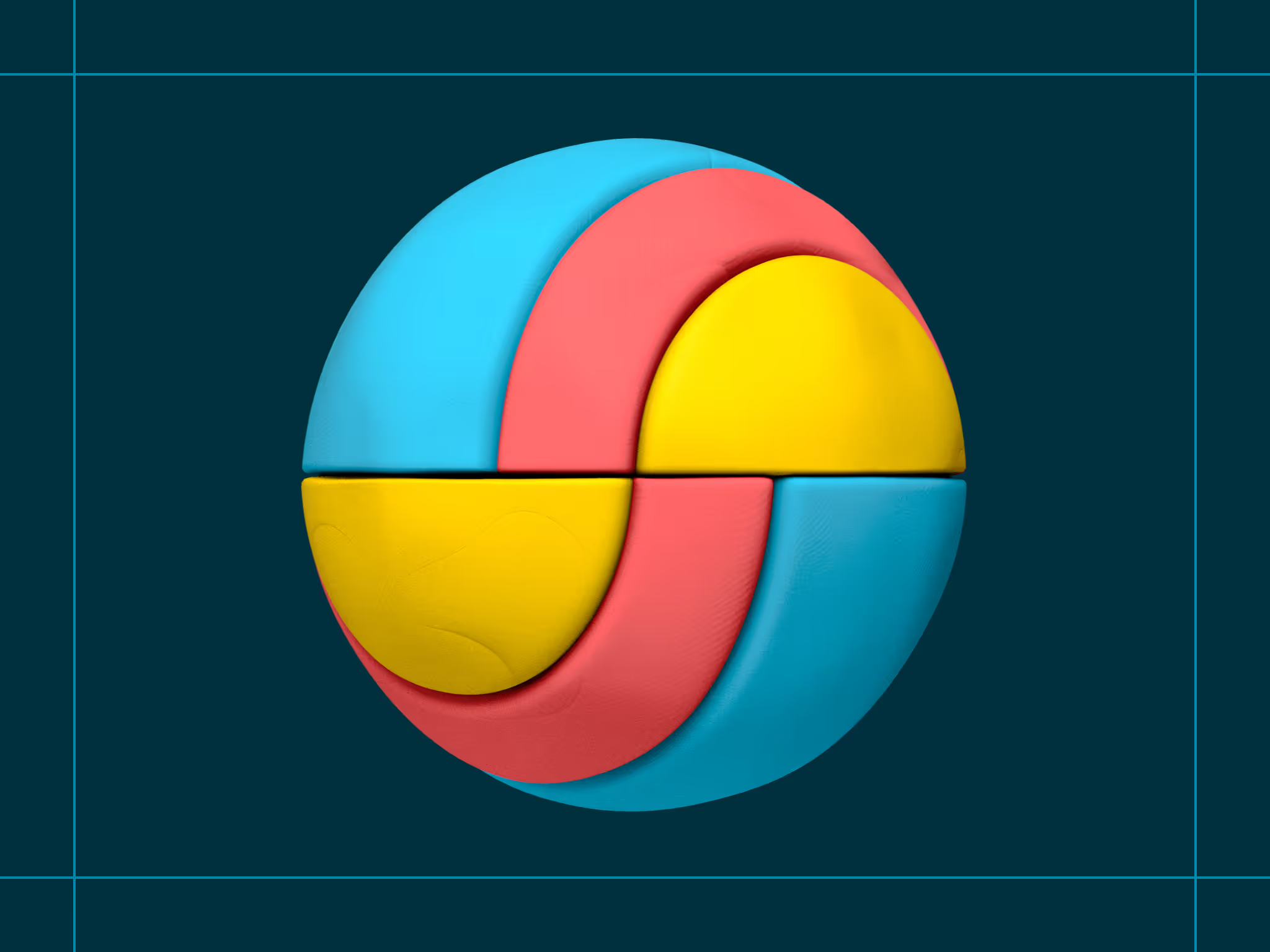
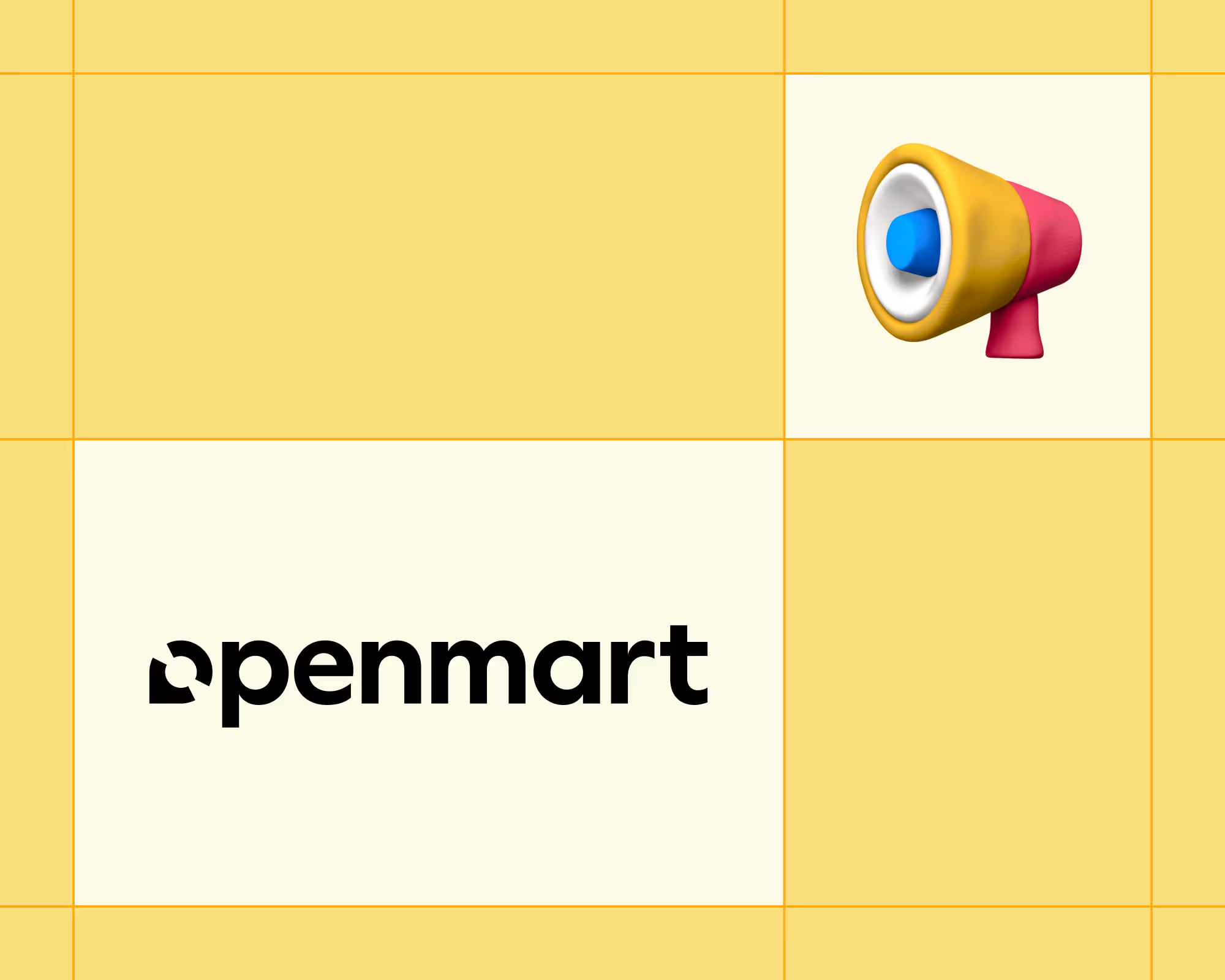
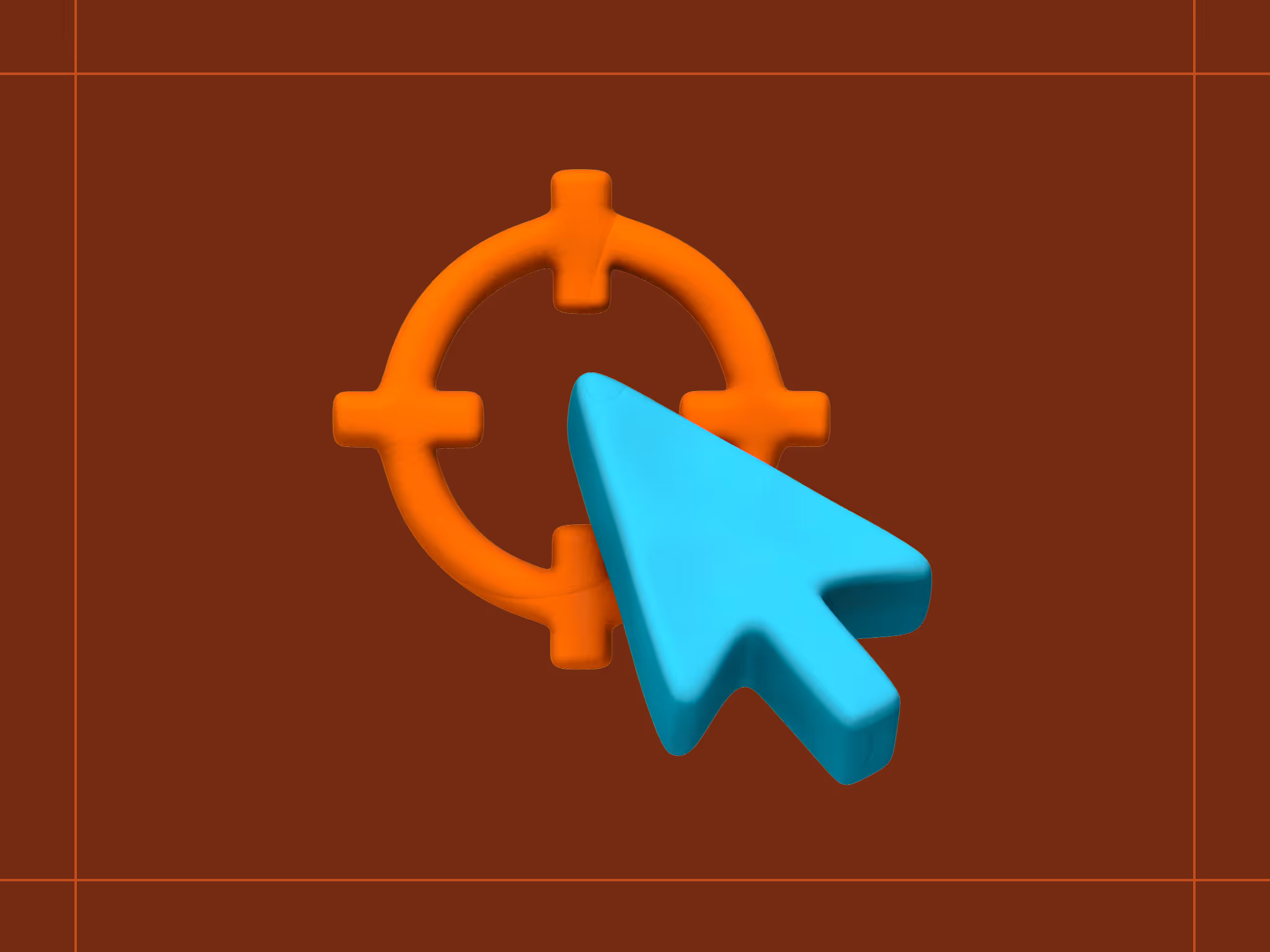
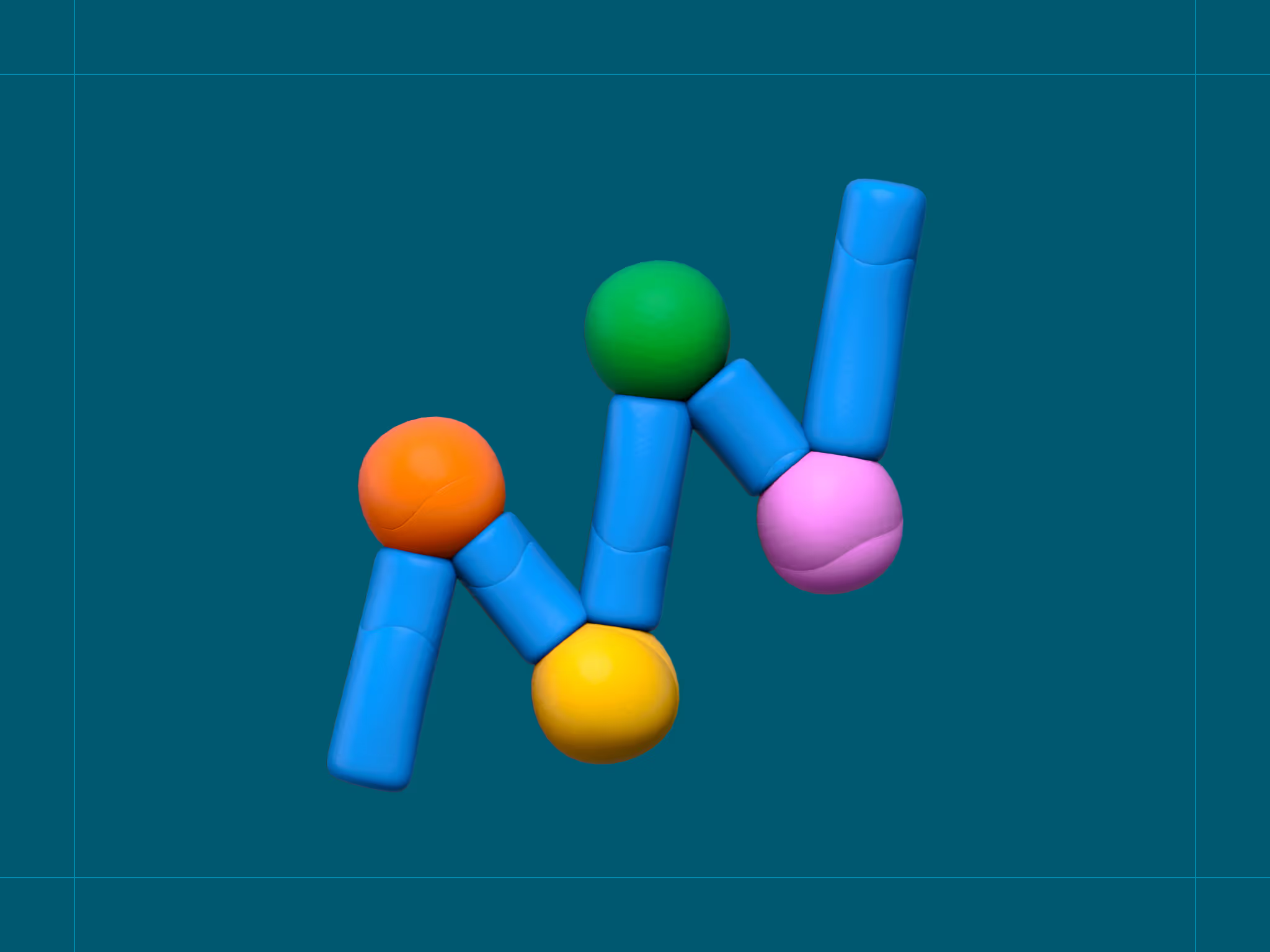
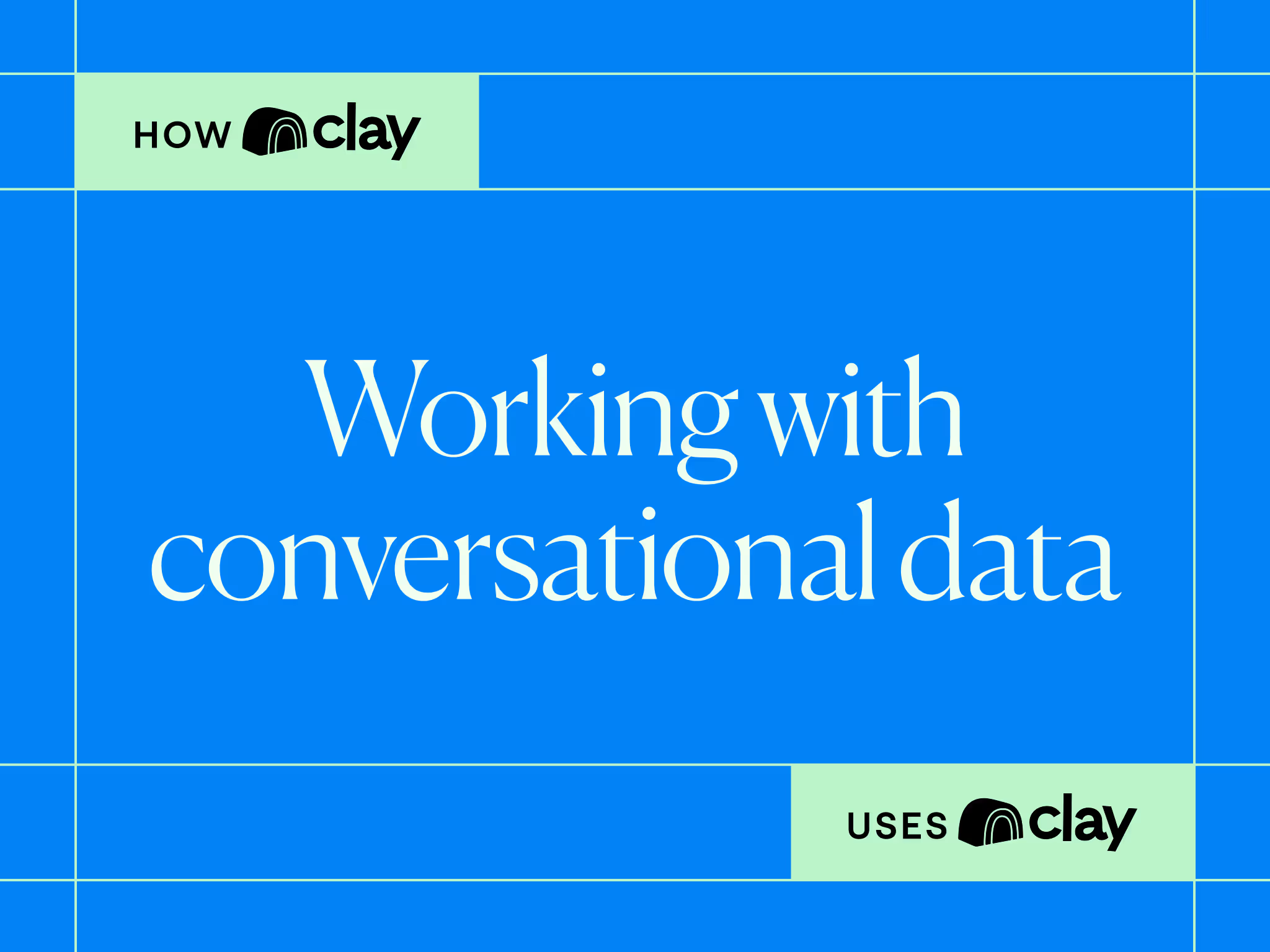
.avif)





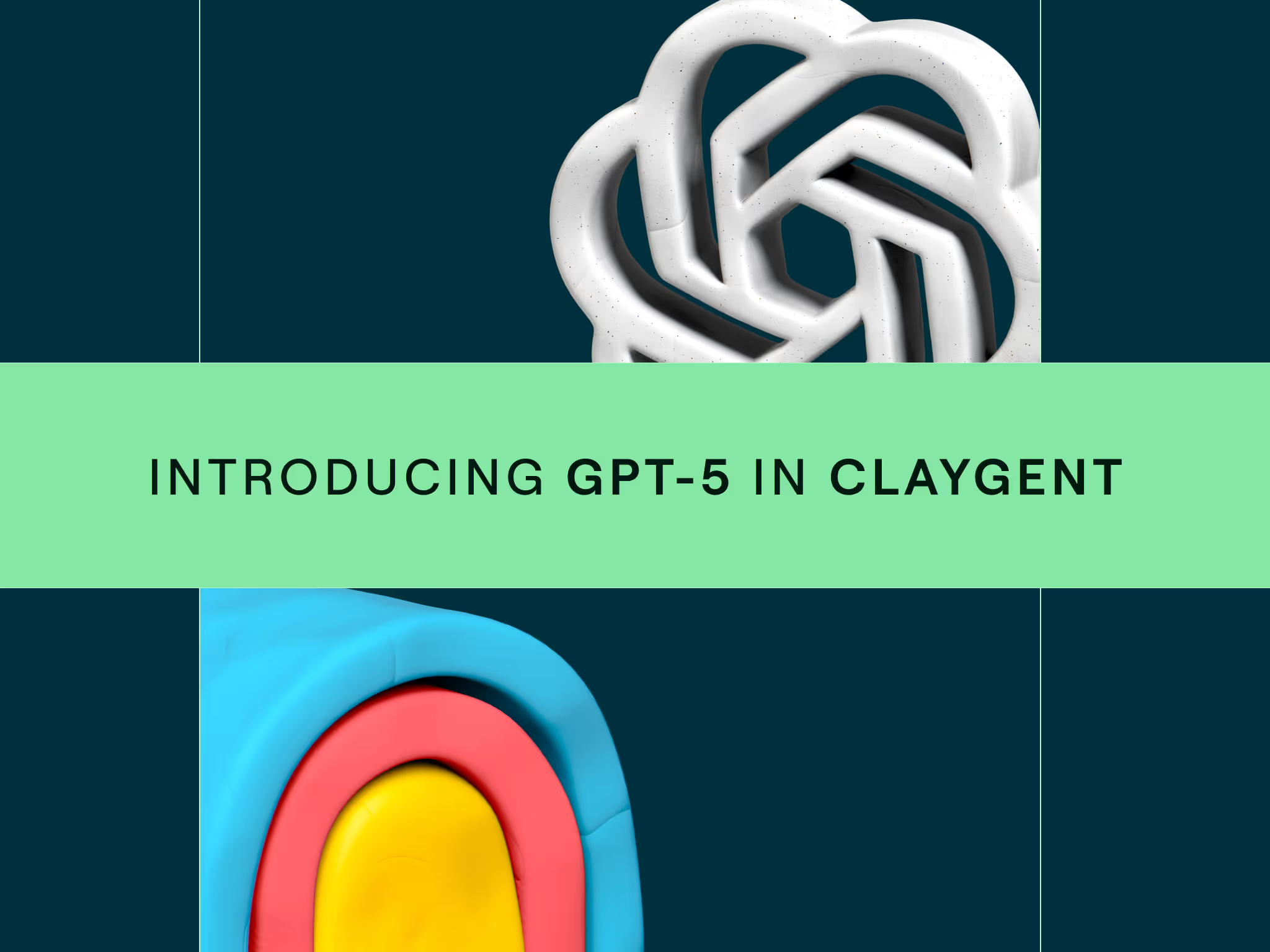
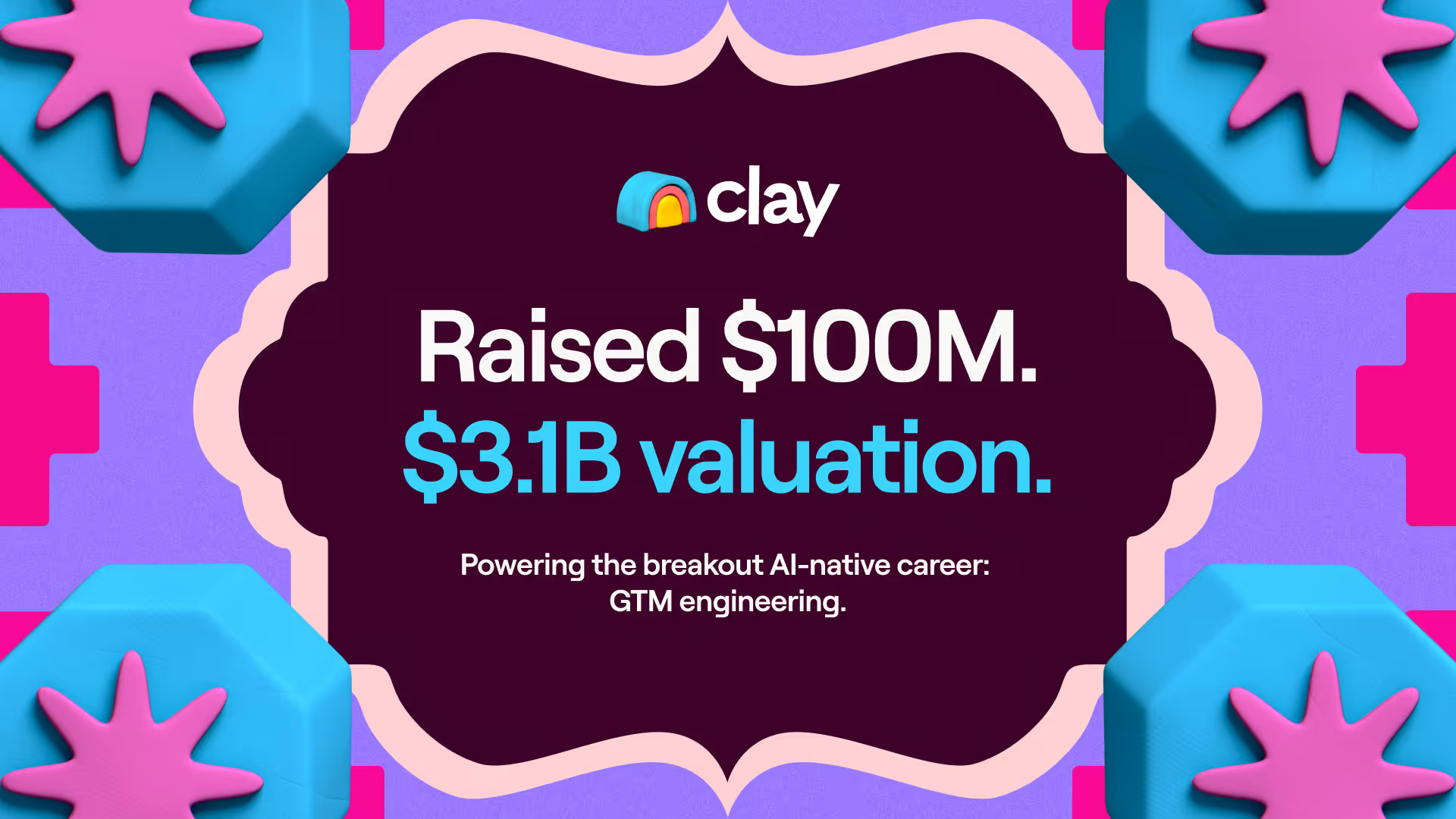
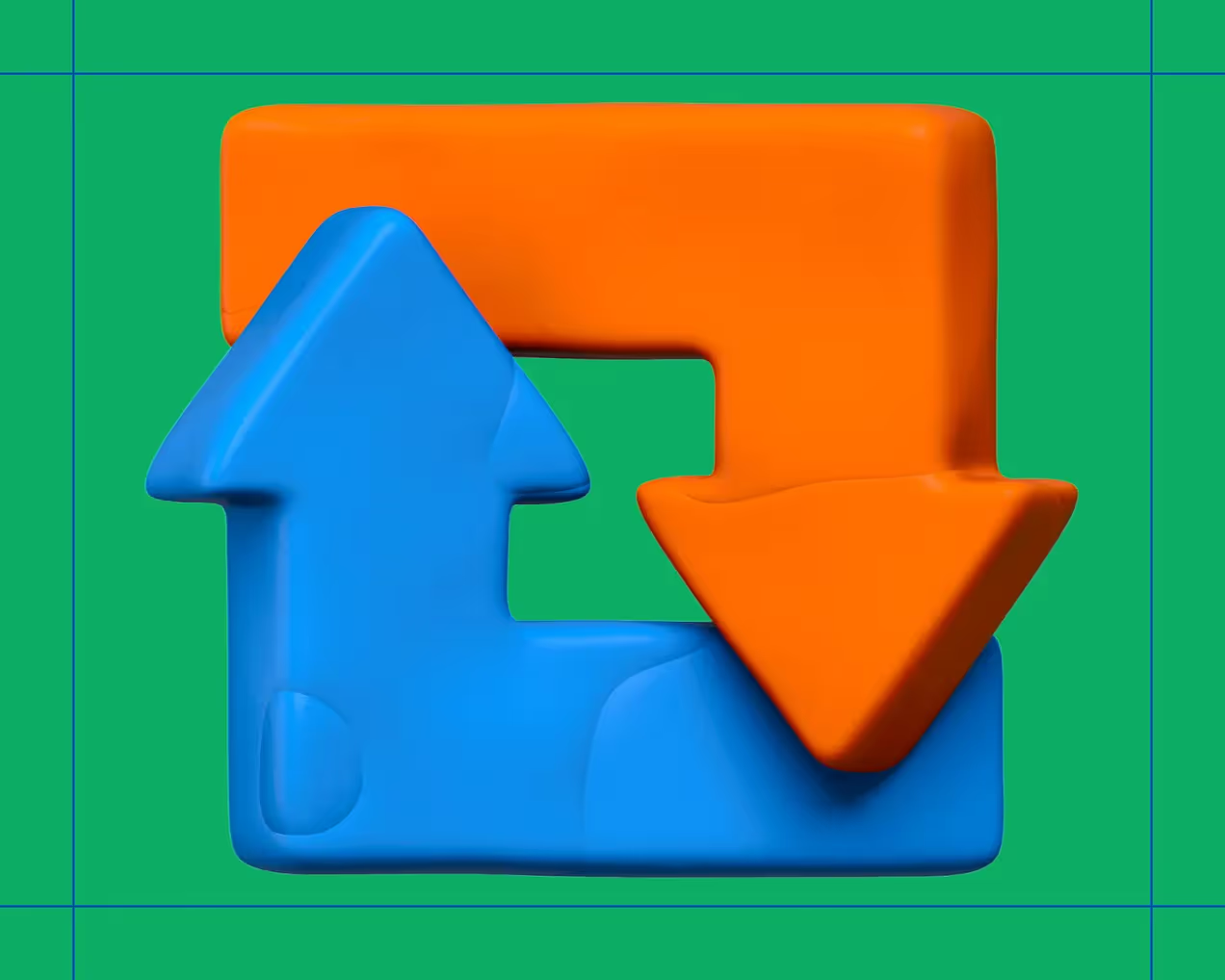



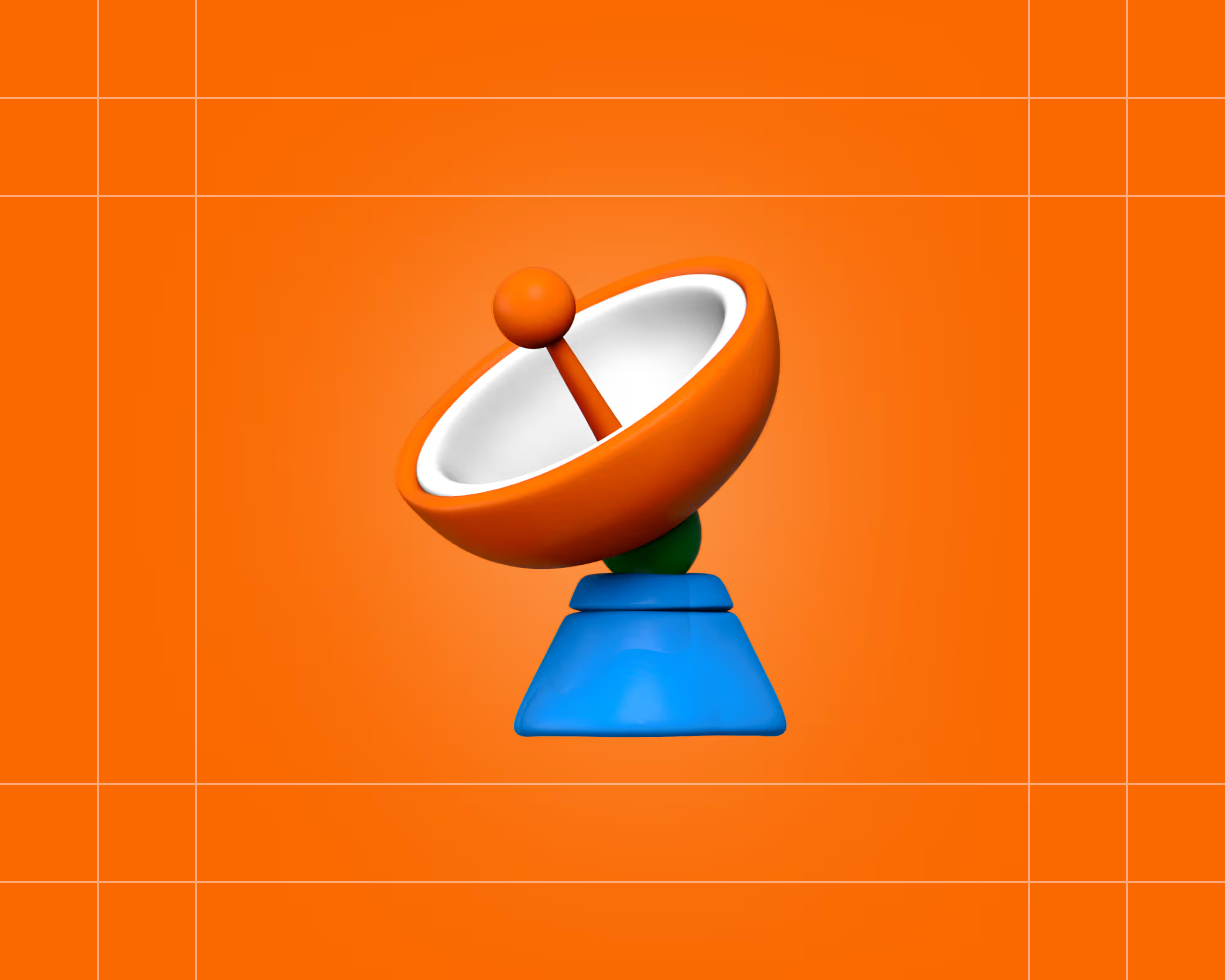


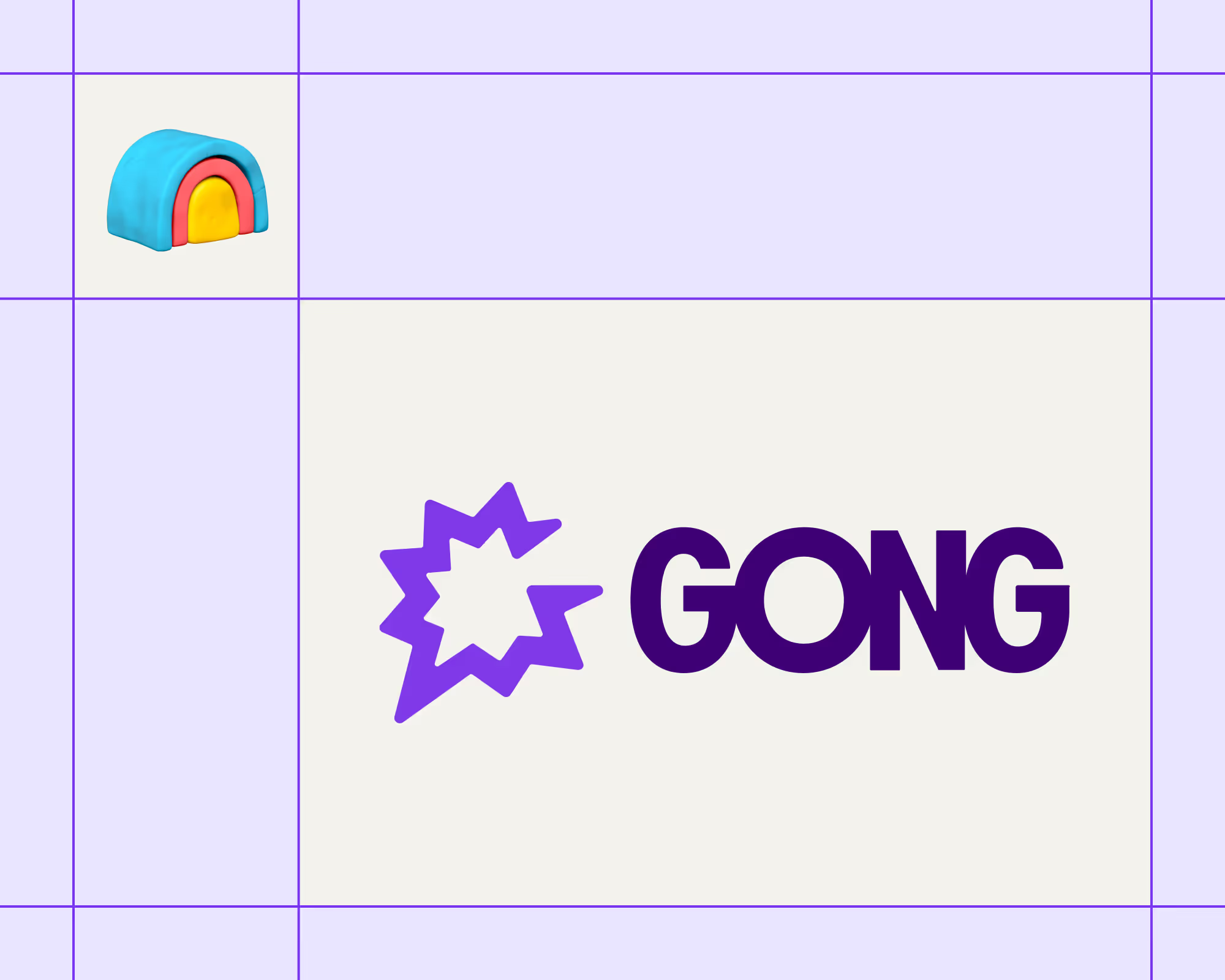

.avif)











.avif)
.avif)






















































